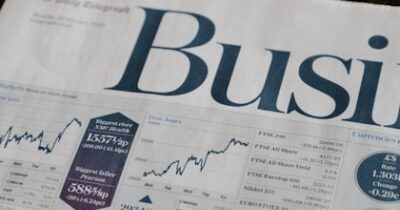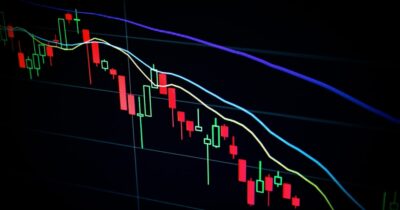SPAC Resurgence and Market Reactions
The U.S. stock market has seen a revival in special purpose acquisition companies (SPACs), with CATL (Cathay Leasing) leading the charge. On its first day of trading, CATL’s shares surged, reflecting investor enthusiasm for the renewable energy giant. However, onshore U.S. investors were blocked from purchasing the stock, citing a “decoupling” of finance, a term that has become a focal point in the SPAC landscape. This development underscores the complex interplay between regulatory policies, geopolitical tensions, and market dynamics.
Trump’s Influence on SPAC Dynamics
The resurgence of SPACs has been closely tied to U.S. political and regulatory shifts, particularly under the Trump administration. The “decoupling” of finance, which refers to the separation of financial services from the U.S. economy, has sparked debates about the role of U.S. financial institutions in global markets. Trump’s policies, including restrictions on foreign investment and regulatory reforms, have influenced SPACs’ growth. For instance, the U.S. government’s push for a more independent financial sector has led to increased scrutiny of SPACs, with some investors wary of geopolitical risks.
CATL’s Stock Surge: A Closer Look
CATL’s stock surge on its first day of trading highlights the company’s strong position in the renewable energy sector. As a leading provider of electric vehicle batteries and solar technology, CATL has attracted significant investment. However, the blocked access for onshore U.S. investors raises questions about the company’s global appeal and the challenges of navigating regulatory hurdles. Analysts note that while CATL’s growth is driven by its technological leadership, the SPAC’s success depends on overcoming geopolitical and regulatory barriers.
Broader Implications for the Market
The SPAC resurgence is not isolated to CATL. It reflects a broader trend of investors seeking high-growth opportunities in emerging sectors, despite regulatory uncertainties. The “decoupling” of finance has intensified discussions about the U.S. financial system’s resilience, with some experts warning of potential risks in a fragmented market. Meanwhile, the SPAC model’s appeal lies in its ability to accelerate company valuations, but its success hinges on investor confidence in the U.S. regulatory environment.
Conclusion: Key Takeaways
The revival of SPACs, particularly in the renewable energy sector, highlights the interplay between political policies, market sentiment, and corporate growth. While CATL’s stock surge underscores the potential of SPACs, the “decoupling” of finance and regulatory challenges remain critical factors. Investors must navigate these complexities, balancing the allure of high-growth opportunities with the risks of geopolitical and regulatory uncertainty. As the SPAC landscape evolves, the U.S. financial sector’s ability to adapt will determine its long-term success.
*(Word count: 598)*
Source: New York Times Business





1 thought on “SPAC Resurgence Amid Trump’s Influence Sparks Market Reactions”